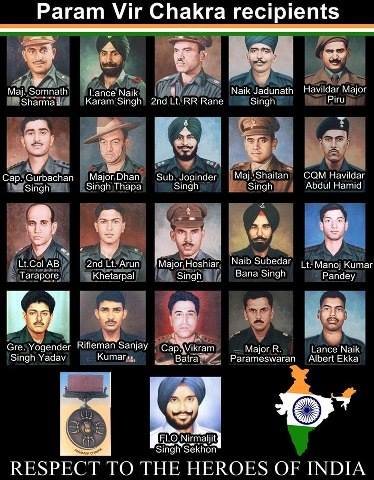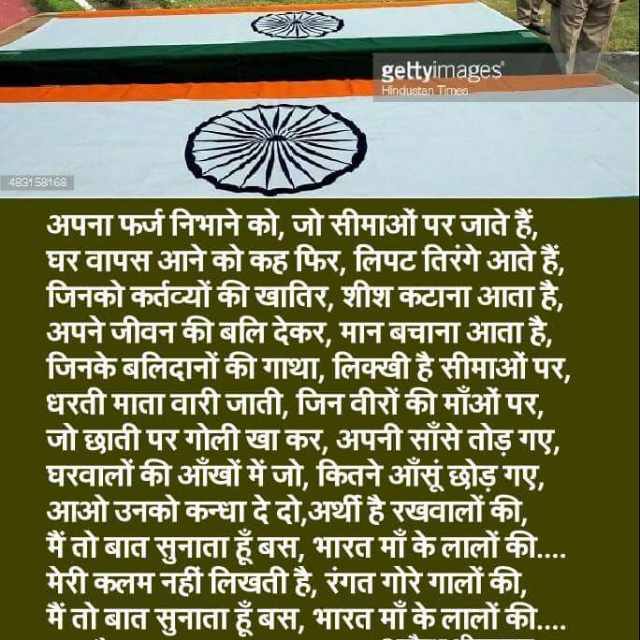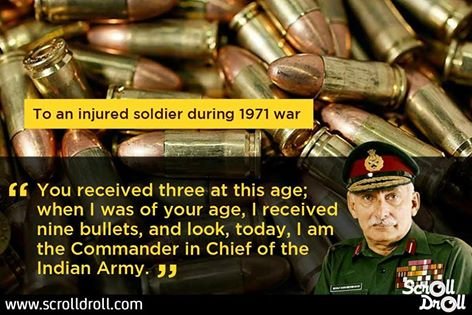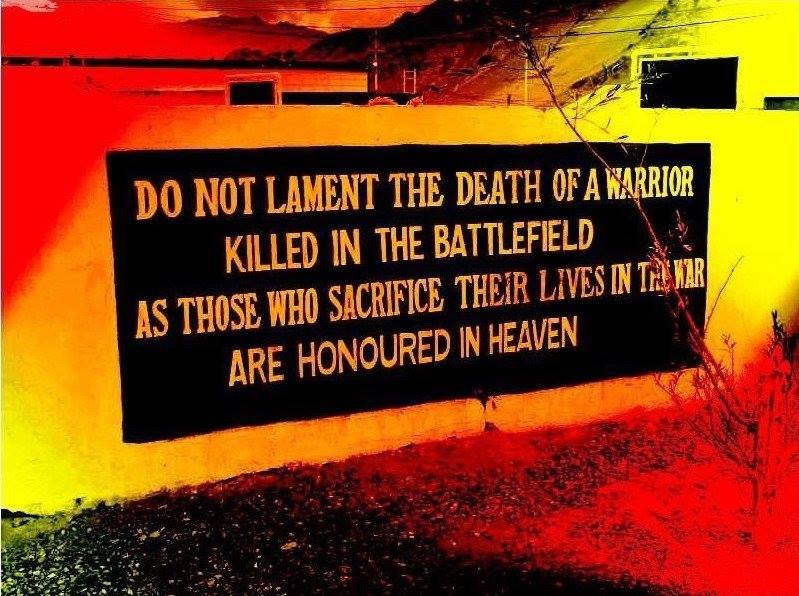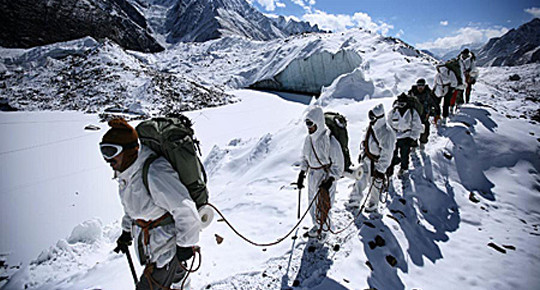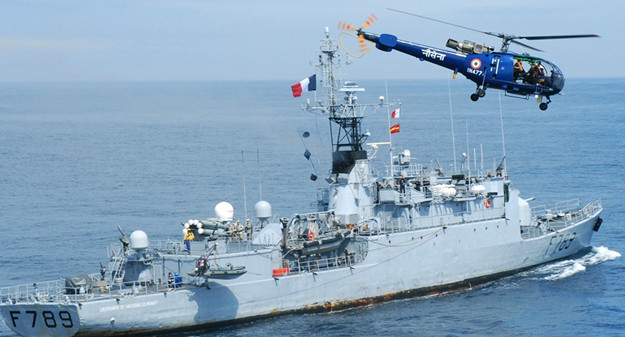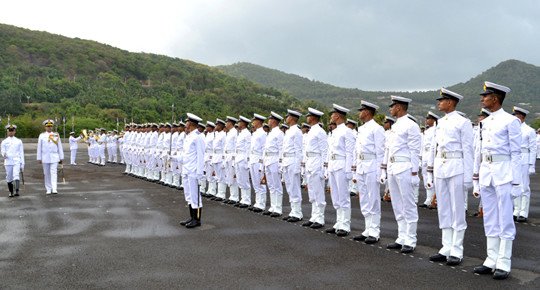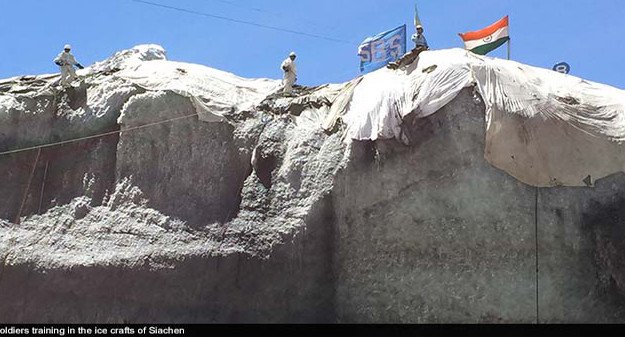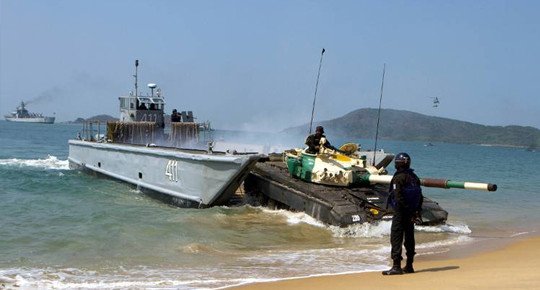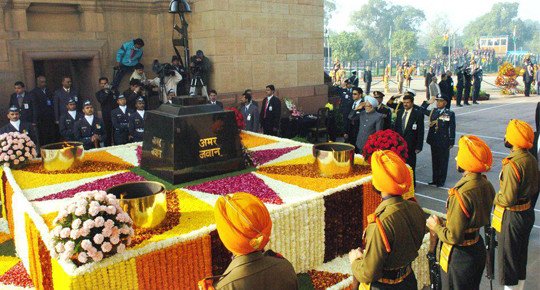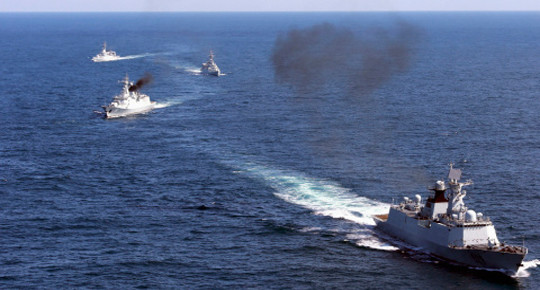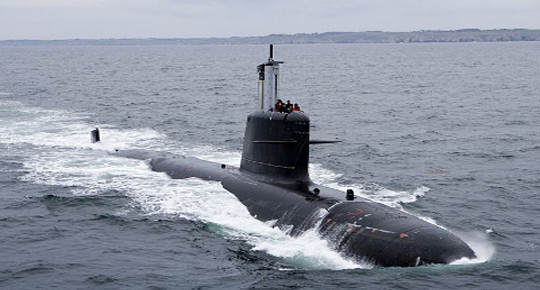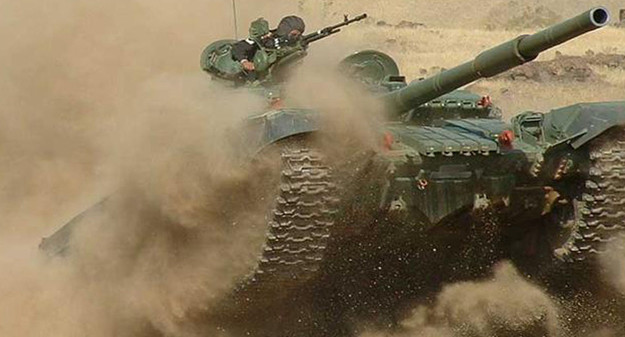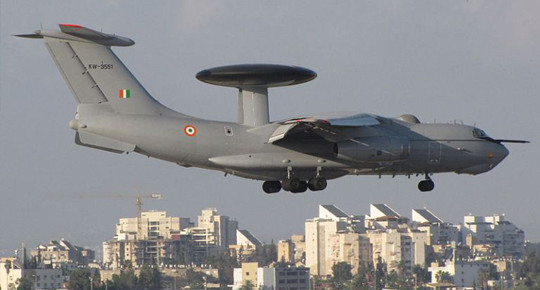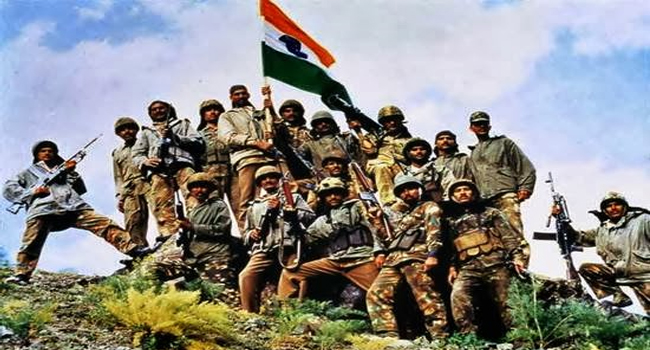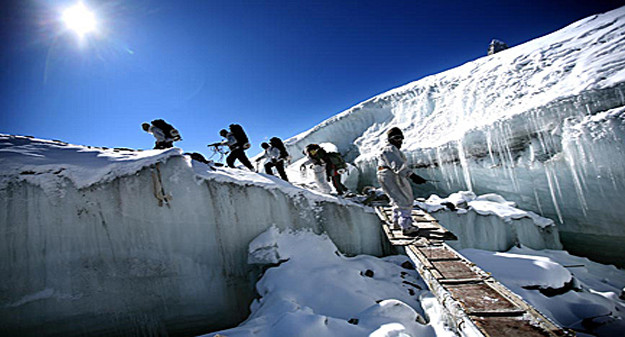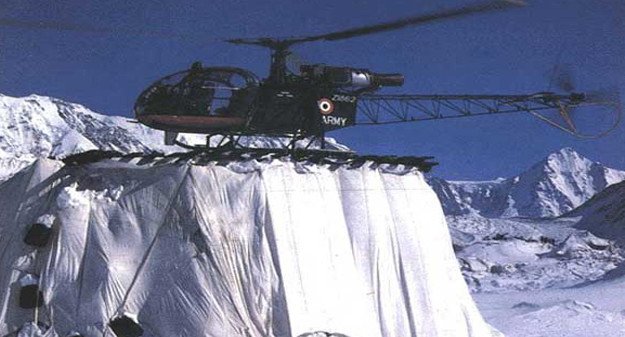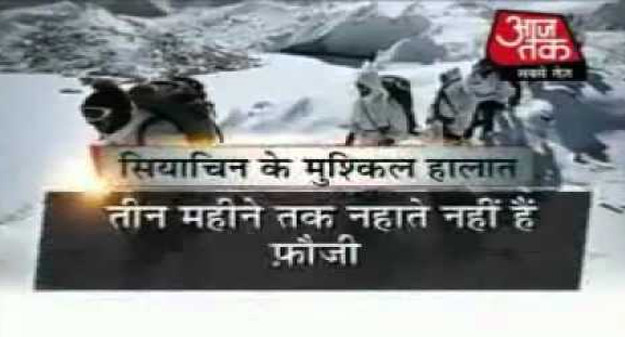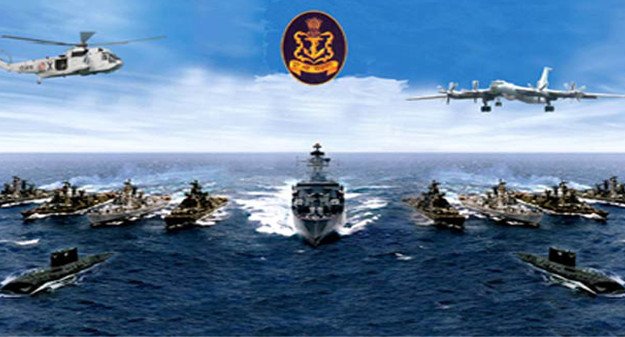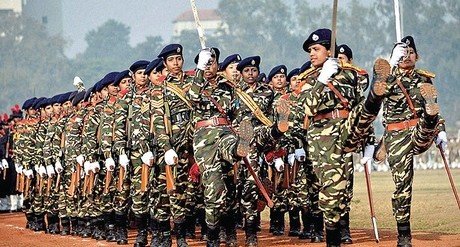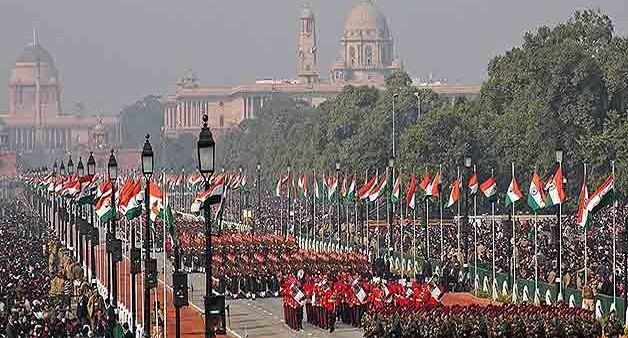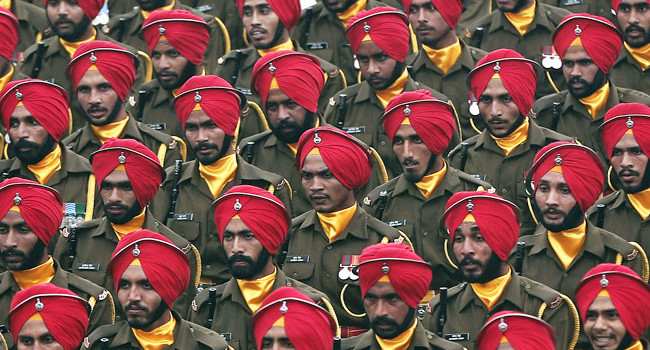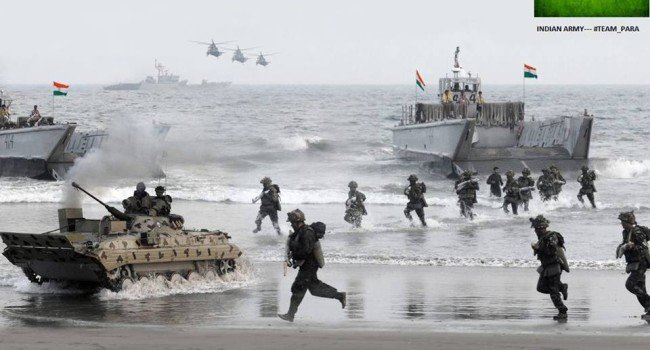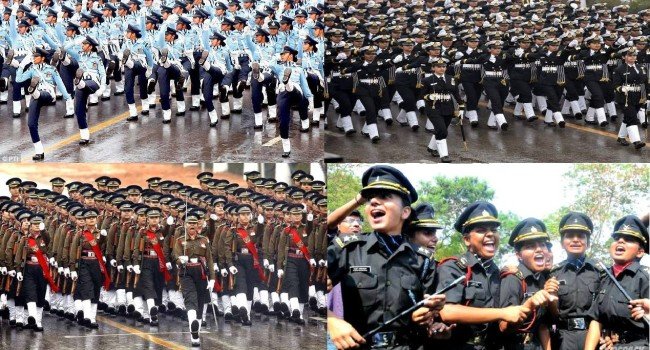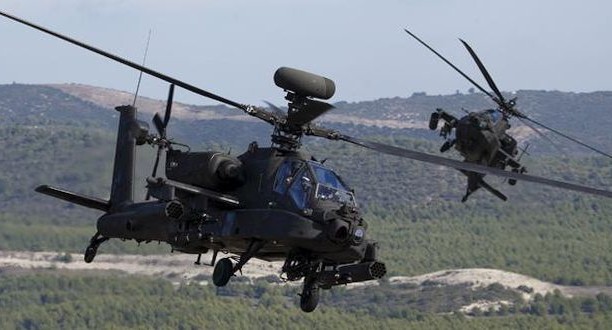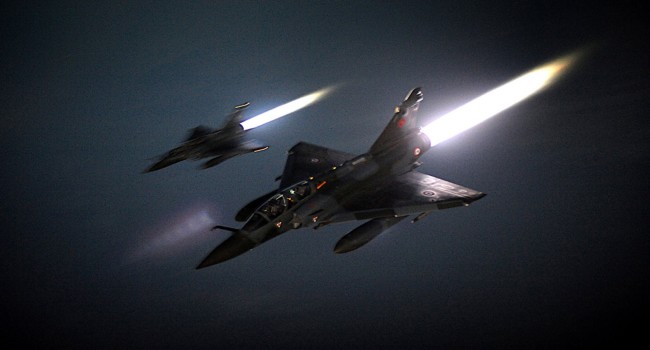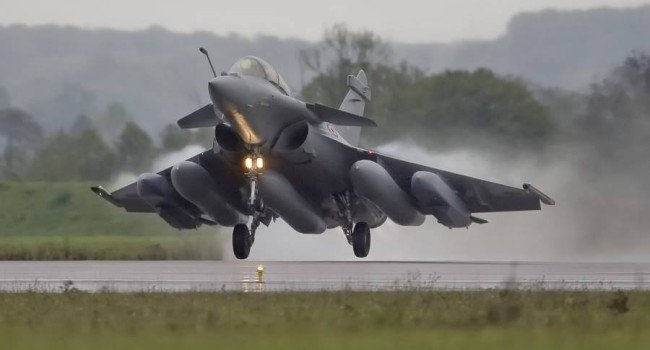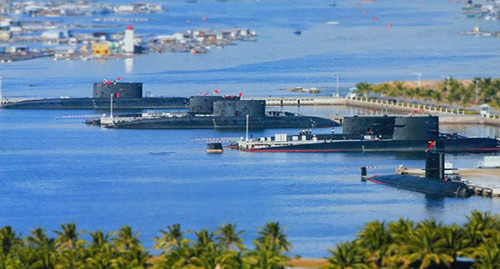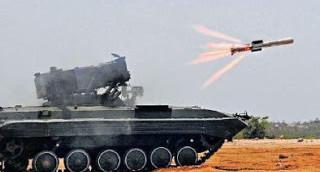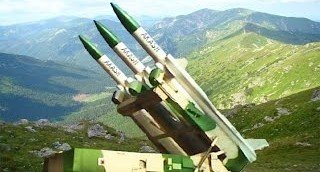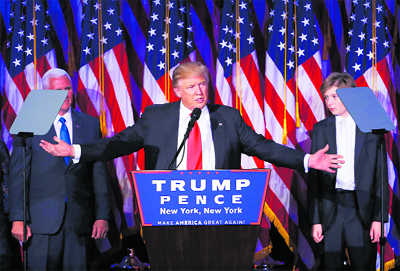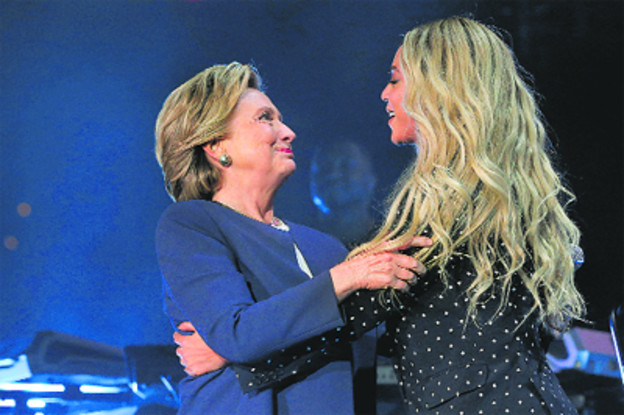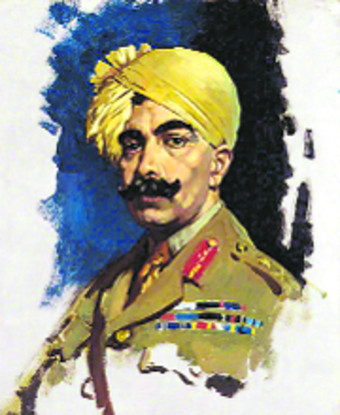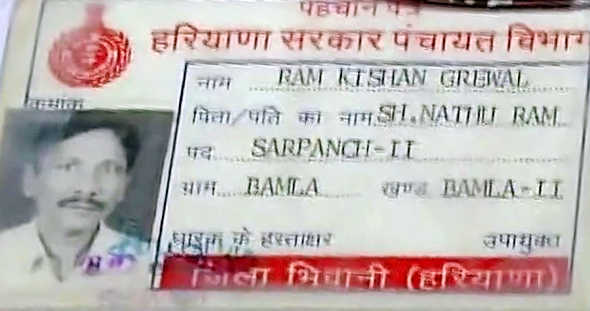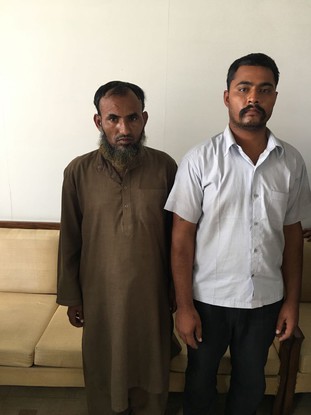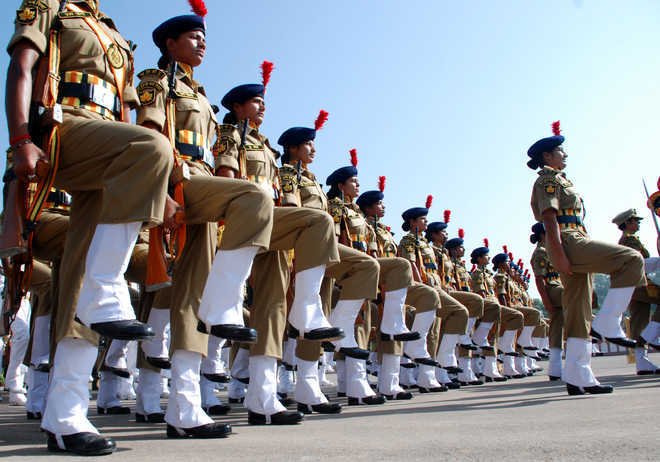Partly, this attitude of the Valley-oriented administration and leaders could be attributed to the geographical isolation and harsh terrain of the high-altitude regions. New Delhi too is guilty of having being seduced by the pro-Pakistan Chief Ministers in this regard. Army formation commanders posted in the state confined themselves to their respective areas of operational responsibility, and never treated the State as one integral geographical entity.
The same narrative impacted people outside J&K, who thought that the Valley – constituting only 7 per cent of the area – was the entire State. The cumulative consequence of these narratives was that the country’s leadership and instruments of governance had come to treat the present territorial arrangement of J&K between India and Pakistan as fate-accompli. Gilgit-Baltistan, without which the CPEC is not possible, occupied an increasingly blurred space in their mental and strategic horizon. The result was Kargil.
The surgical strike on Pakistan-occupied Kashmir (PoK) terror camps may have disabused this mindset. The nearly 800km Line of Control, when treated with a holistic and offensive perspective, has reincarnated itself as a strategic bonanza, because of the magnitude of cross LoC options it generates and the infinite deception methods it offers.
LoC is no longer a burdensome defensive proposition.
We now need to accept the reality that a new poison has been injected in the J&K discourse, i.e., China and CPEC. Now, not formally, but in reality and effect, J&K has become an area of strategic competition between three countries. It is also a foregone consequence that such a strategic competition arising out of China’s thrust to Persian Gulf, running parallel and close to the Indian frontier, will be contested not only by India but other powers as well. This may be the new geopolitical reality bearing on J&K.
If the CPEC becomes a reality, it would become a critical lifeline for Western China. As a matter of fact, entire Pakistan would have become a lifeline for Western China. It needs to be underscored that the CPEC, which is essentially a strategic linkage between Pakistan and China, is predicated on PoK. Being an Indian territory, PoK has collaterals with J&K as a whole, thus causing grave anxiety in China and Pakistan.
What is reprehensible and unpardonable is that some of the Kashmiris in the Valley, on behalf of whole of J&K, have taken it upon themselves to further China’s strategic interests vis-à-vis India.
The CPEC is not only a territorial embrace between Pakistan and China, but it has also engendered a strategic partnership between Islamists and communists. This strategic partnership manifested in the hoisting of the Chinese flag in Baramulla and earlier in the form of anti-India slogans in the Jawaharlal Nehru University (JNU).
Why would, then, China want Masood Azhar and his Jaish-e-Mohammed to come in the harm’s way internationally? Similarly, why would the separatists in Kashmir and the communists in India want Masood Azhar to suffer? Among the people, most rattled by India’s surgical strike in PoK have been the communists, who are now on an overdrive to push India into ‘talks’ with Pakistan.
Only recently have the intelligence agencies in India warned that the jihadis controlled by Pakistan and the Maoists have planned to coordinate their activities and operations in India’s hinterland. This has been vindicated a week later by the arrest of six Maoists in Noida, in the National Capital Region. These Maoists belong to different states and are adept at assembling bombs. Reportedly, they were planning some major attacks in and around the national capital. Possibly, one of their targets was Hindon Airbase.
Both China and Pakistan are ideological states. Both are leveraging on their ideological constituents within India. These constituents also comprise Maoists and the jihadis respectively. Their convergence has dangerous consequences. India’s undoing has been that we did not crush these foreign ideologies. We did not develop any counter ideology.
For some reason, could be due to reasons of suffering slave status for years, we have always been shy or apprehensive about evolving an uncompromising nationalist ideology. Indeed, if we had, China’s and Pakistan’s proxies would not have made the daring tryst in JNU, and nobody would have dared to hoist China’s and Pakistan’s flags in Baramulla.
In the absence of a cogent nationalist ideology, the psychological and physical unity of the country will continue to suffer.
This piece was first published on Indian Defence Review and has been republished here with permission.










